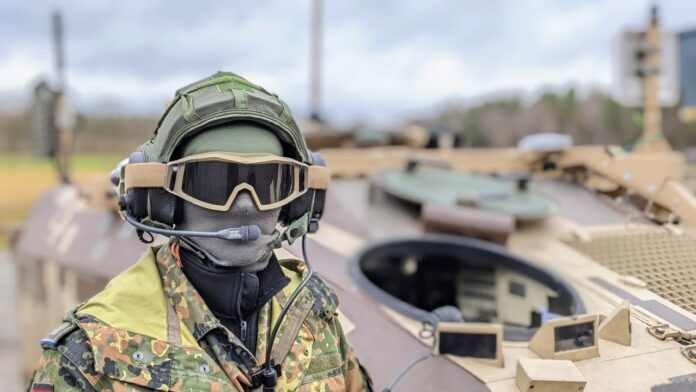European defence tech investor activity is gaining notable traction as persistent geopolitical unrest redefines Europe’s approach to security and technological autonomy. In an era marked by increasing global volatility, investors are redirecting capital into defence innovation, targeting firms that address emerging battlefield and intelligence challenges.
Funding Surge Reflects Strategic Reprioritisation
Europe’s defence sector is undergoing a seismic capital reallocation. Between January and June 2025, venture capital investment into European defence tech companies soared to approximately €946 million, signalling a 26 % increase over the same period in 2024. Equally telling, deal volume grew by 54 %, according to market data compiled by Sifted.
This uptick is underpinned by a broader recalibration of strategic priorities, with institutional investors now treating defence technology as both a national imperative and a viable growth asset class. The funding landscape is also witnessing the emergence of specialist players, such as Warsaw‑based Expeditions. This venture capital firm raised €100 million in its second fund—far surpassing its initial €15 million fund—and is targeting a €150 million close by the end of the year.
Geopolitics Reshaping the Investment Landscape
Several factors are converging to drive this trend. The prolonged conflict in Ukraine, renewed tensions in the Indo-Pacific, and a potential retrenchment of U.S. military commitments are amplifying Europe’s need to boost self-reliance in defence capability. As governments revise their procurement strategies, investment flows are increasingly directed toward next-generation technologies such as AI-based surveillance, drone defence systems, cyber intelligence, and battlefield automation.
Importantly, forecasts now estimate that European defence tech investments could surpass €2 billion by the close of 2025—a dramatic shift from the subdued investment environment that existed before 2022. This surge is being catalysed not only by government defence budgets but also by sovereign wealth funds, public-private partnerships, and a shift in ESG frameworks that increasingly recognise the legitimacy of security-focused investment.
M&A Uptick and Institutional Alignment
Mergers and acquisitions activity has kept pace with this venture momentum. In the first six months of 2025, European defence sector M&A reached USD 2.3 billion, marking a 35 % increase year-on-year. The total has already eclipsed the aggregate deal volume of 2024, reflecting renewed confidence in the long-term viability of defence assets.
Concurrently, European institutions are taking an active role in scaffolding the investment ecosystem. The European Commission’s Readiness 2030 framework, for instance, aims to unlock €800 billion in public and private defence funding over the next five years. Mechanisms include looser fiscal rules, co-financing with the European Investment Bank, and fast-track approvals for dual-use technology ventures.
Challenges to Watch
However, the defence tech sector is not without friction. European start-ups often face fragmented procurement systems and regulatory hurdles that impede scalability. Many firms operate in dual-use spaces—straddling civil and military applications—which complicates licensing, export compliance, and access to NATO-aligned contracts.
Valuation volatility also remains a concern. While multiples are generally modest compared to tech peers in the U.S., the early-stage nature of most European defence ventures introduces risk around exit timing and returns. Moreover, long procurement cycles and political sensitivities can prolong time-to-revenue, making the sector less attractive to traditional VCs focused on shorter-term horizons.
Strategic Outlook for European Defence Tech Investors
Going forward, the opportunity for European defence tech investor groups lies in identifying and nurturing platforms that align with Europe’s defence modernisation goals. Sub-sectors such as electronic warfare systems, anti-drone shielding, quantum encryption, and tactical communication are expected to see exponential growth.
As NATO, the EU, and national governments converge on strategic autonomy, the defence tech segment is likely to receive sustained support—making it an increasingly core component of alternative investment portfolios. Nonetheless, investor due diligence must remain robust, especially around regulatory exposure, geopolitical alignment, and long-cycle capital requirements.


